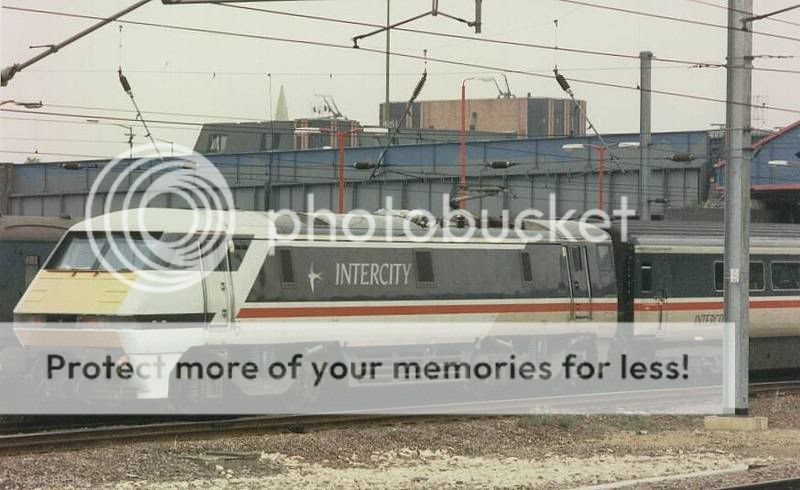Phoenix
Established Member
http://www.youtube.com/watch?v=m1utpxU6gJQ&feature=related
Just fully watch this video and the take a look at these facts
1.We have not had any new electric locomotives for 16 years.
2.Companies currently run under the wires with diesel locomotives.
3.In this country we have only 5 classes of electric locomotive (Excluding the Le Shuttle locomotives)
4.We only have Three TOC's who use electric locomotives to haul stock
(i Virgin - Don't have much choice over the matter)
(ii NXEA -All handy down locomotives from Virgin)
(iii NXEC -Fair enough there we have a decent amount of useage and have a pretty high place on the roster)
5.We have only ever had 12 classes of electric locomotive 2 of which were prototypes 5 of which were a precursor to the class 86.
6.There is absolutely no current talk of replacements for our older electrics and no ideas on how to boost electric locomotive useage.
(In the thread I refer to AC UK locomotives)
So please if you think differently let me know
Just fully watch this video and the take a look at these facts
1.We have not had any new electric locomotives for 16 years.
2.Companies currently run under the wires with diesel locomotives.
3.In this country we have only 5 classes of electric locomotive (Excluding the Le Shuttle locomotives)
4.We only have Three TOC's who use electric locomotives to haul stock
(i Virgin - Don't have much choice over the matter)
(ii NXEA -All handy down locomotives from Virgin)
(iii NXEC -Fair enough there we have a decent amount of useage and have a pretty high place on the roster)
5.We have only ever had 12 classes of electric locomotive 2 of which were prototypes 5 of which were a precursor to the class 86.
6.There is absolutely no current talk of replacements for our older electrics and no ideas on how to boost electric locomotive useage.
(In the thread I refer to AC UK locomotives)
So please if you think differently let me know


